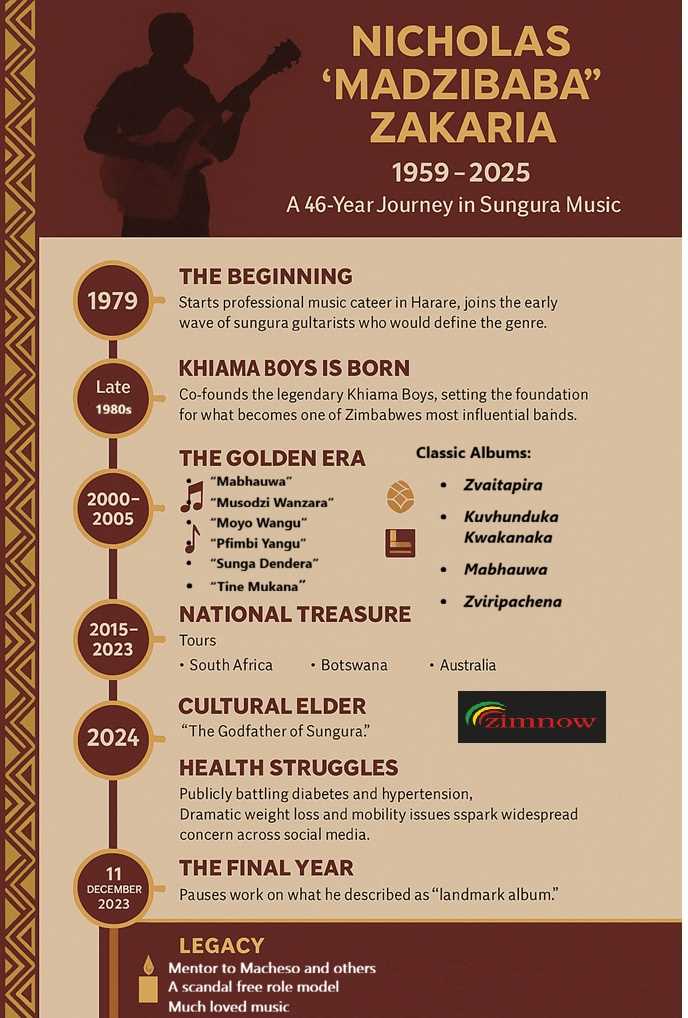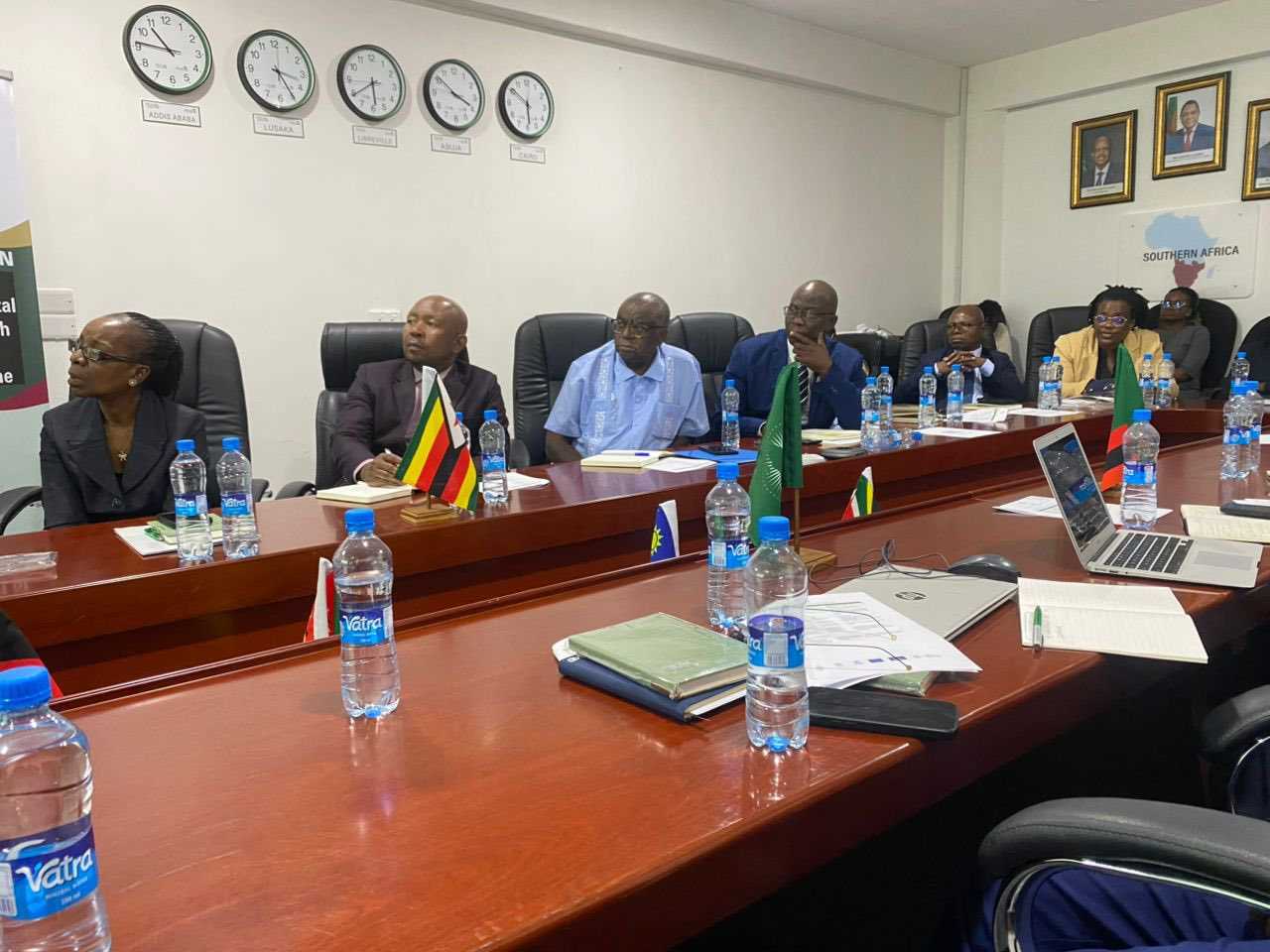
Munyaradzi Doma
Zim Now Writer
While Zimbabwe has done exceptionally well in term of HIV management for adults achieving epidemic control, the country still lags behind in children’s coverage.
Speaking at the National AIDS Council HIV Research Symposium Ministry of Health and Child Care, National Prevention of Mother-to-Child Transmission and Pediatric HIV Care and Treatment Coordinator, Dr Angela Mushavi said it is highly unacceptable as there are several interventions which have been beneficial for adults.
The symposium was running under the theme, “Accelerating 95-95-95 HIV targets among children.”
According to UNAIDS, 95-95-95 targets are that “95 percent of people living with HIV should know their status, 95 percent of those who know their status should be on antiretroviral treatment and 95 percent of people on ART should have viral suppression.”
Dr Mushavi said the theme of the 2024 HIV Research Symposium was putting children at the centre of the HIV response.
She gave an allegory saying when chicken is served, adults get the best portions while children get the less desired (portions).
“That’s what we are doing for our children (not giving them the best portions). And I like this theme putting children at the centre of our HIV response in this country.
“Globally 40 million people living with HIV at the end of 2023, that’s a big number and still we are getting new infections to this day of 1.3 million.
“And deaths to HIV and AIDS or advanced HIV disease of 630 000 that is unacceptable.
“If you look at the same figure as it touches on children, we have 1,4 million people or children below the age of 15, zero to 14, living with HIV, that’s a lot.
“Especially in this time period where we’ve got interventions for prevention, we do not need to keep getting the number of new HIV infections.
“120 000 new HIV infections across the globe in 2023 and children continue to die even on our own doorstep; here we see children still dying of advanced HIV disease.
“I read some figures for Zimbabwe, I think out of the 15 million people in Zimbabwe, we have 1,3 million that are living with HIV which is a significant number.
“I think if you put the figure of 69 000/70 000 being children, that to me, it’s not acceptable,” Dr Mushavi said.
She added that while local ART coverage for adults is very impressive at 96.5 percent in 2023, for children it was sitting at 63 percent.
“Even for women, the very women who are going to give us the babies that we love so much, ART coverage was only 88 percent and I think that these statistics really should make us think about how we can shift the needle for children.
“We do have the UNAIDS target, where we say the first 95 even for children, the 95 percent of all the children living with HIV should actually be diagnosed and be known.
“And 95 percent of those should be on antiretroviral treatment, and the 95 percent who are on treatment should be virally suppressed.
Related Stories
“Those are our 95-95-95 targets as countries, so how are we performing in our country?
“In 2023 we found that, infact Zimbabwe was given accolades, certificates and recognised for reaching the 95-95-95 targets and I think we need to clap our hands and congratulate ourselves, but look at the graphs, contrasted for adults and children.
“You will see the 95-95-95 targets for children, and what do they tell us? It is telling us that we are not finding children, 68 percent case finding for those children who are living with HIV compared with the target that we have set for ourselves.
“We do a better of job putting them on treatment, but viral suppression then for children is low.
“Contrasting with the adults, using that example of the road runner, we are giving our children the left overs.
“And I think that is not acceptable,” she added.
Dr Mushavi also revealed that some provinces were doing better, while others were lagging behind.
“For Bulawayo, coverage for children was sitting at 86 percent, they are doing well but in Harare it’s at 48 percent, that’s not acceptable.
“Global data as at 2022, there is a demonstration that while we notice relatively good coverage for adults at 76 percent, globally only 52 percent of children receiving antiretroviral treatment.”
She also revealed that globally children make up 4 percent of the total number of people living with HIV, but the mortality is very high amongst children.
“So, the message here is, if we don’t pick up our children that are infected early, if we do not initiate them on treatment, we are going to lose children.
“And this disparity in 2022 led to this alliance that was formed and launched in Montreal, Canada, the Global Alliance to End AIDS among children by 2030.
“The Global Alliance has a child and adolescents’ friendly approach to ending AIDS amongst children.
“One of the pillars speaks to intensifying and finding children, treating them and making sure that they are virally suppressed. “Pillar two talks about optimizing and closing the treatment gap of pregnant and lactating women.
“We need to close the gap so that you don’t keep on getting more and more children getting infected.
“Pillar three is actually about preventing new HIV infections among women who are going to give us those children.”
In a speech read on his behalf, Minister Douglas Mombeshora also echoed similar sentiments saying the theme is intended to highlight the gaps that exist in the pursuit of the 95-95-95 targets.
“Zimbabwe has already achieved 95-95-95 targets among adults, but continues to lag behind among children.
“Ending AIDS by 2030, could be unachievable if we do not pay attention to the challenges affecting coverage of services among children.
“It is my hope that this symposium will bring out these challenges and proffer solutions that could easily be incorporated by policy makers and programmers to ensure we improve our targets.”



















Leave Comments